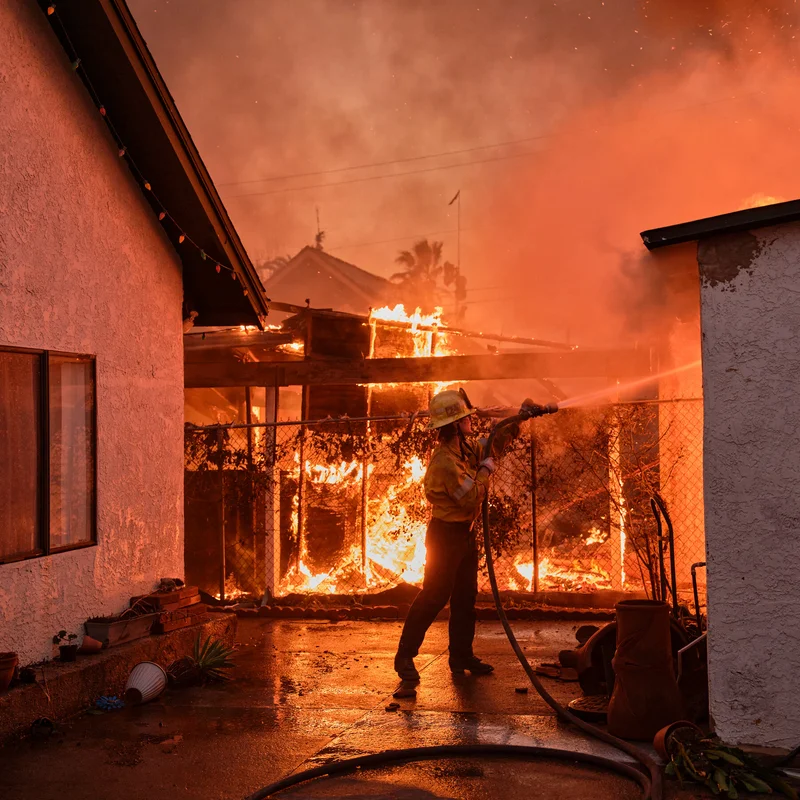A newly released independent report reveals that Los Angeles County’s emergency response during the devastating January 2025 wildfires was significantly hindered by aging infrastructure, flawed alert protocols, and extreme weather conditions. The findings highlight systemic vulnerabilities that left thousands of residents—particularly in West Altadena—without timely evacuation warnings as flames engulfed their neighborhoods.
Key Failures Identified in the Report
Commissioned by Los Angeles County and conducted by the McChrystal Group—a consulting firm led by retired four-star General Stanley McChrystal—the 133-page review found no single point of failure but exposed a cascade of weaknesses:
- Outdated dispatch system: Nearly 40-year-old communications equipment slowed coordination
- Delayed alerts: Digital evacuation orders required multi-level approvals, causing critical delays
- No aerial surveillance: Hurricane-force winds grounded aircraft, depriving commanders of real-time fire tracking
- Staff shortages: Over 900 vacancies in the sheriff’s department strained emergency response
- Fragmented evacuation zones: Warnings were issued only for parts of Altadena, leaving West Altadena unprotected until it was too late
Timeline of the Eaton Fire Disaster
Eaton Fire ignites in San Gabriel foothills
Evacuation order issued for East Altadena only
West Altadena receives first alert
Fire crosses into West Altadena
Systemic Gaps in L.A.’s Emergency Infrastructure
| Weakness Area | Impact During Fire |
|---|---|
| Communications System | 1980s-era dispatch tech caused delays in radio coordination |
| Alert Approval Process | Multi-agency sign-off slowed digital warnings by hours |
| Aerial Surveillance | Grounded due to 100 mph winds—no fire mapping for 6+ hours |
| Cellular Coverage | Power shutoffs and terrain blocked alerts in mountain zones |
Post-Fire Reforms Underway
In response, Los Angeles County has already implemented several upgrades:
- Integrated satellite data into incident command systems
- Modernized emergency dispatch infrastructure
- Adopted automatic “buffer zone” evacuation warnings for adjacent neighborhoods
- Streamlined alert approval to bypass bureaucratic bottlenecks
“This isn’t about pointing fingers. It’s about learning lessons, improving safety and restoring public trust.”
— Kathryn Barger, L.A. County Board of Supervisors Chair
For a deeper look at how climate change is straining U.S. emergency response systems, see our analysis at [INTERNAL_LINK:wildfire-emergency-response-us].




